Marketing

Last weekend, I went shopping in Newcastle, and when I needed a break, I looked around a cafe. The main options seem to be the regular Starbucks, Costa and Caffe Nero, plus restaurants in large department stores like John Lewis or Marks and Spencer. But none of these are especially attractive. What I am looking for is a more realistic local experience - not only the same coffee in the same cafe can be found in every town and city and retail park across the country.
I ended in a small cafe in the alley with only three goals, where Barista had a beard to serve me a strong cup of coffee and a handmade python cannoli. Blue wall bricks are designed by British ceramic artist William de Morgan, and in front of them hanging a Newgate watch made in Shropshire. Classic marble and bentwood chairs (invented in Vienna in the 19th century and were popular at the great exhibition in 1851 in London) completed the decoration.
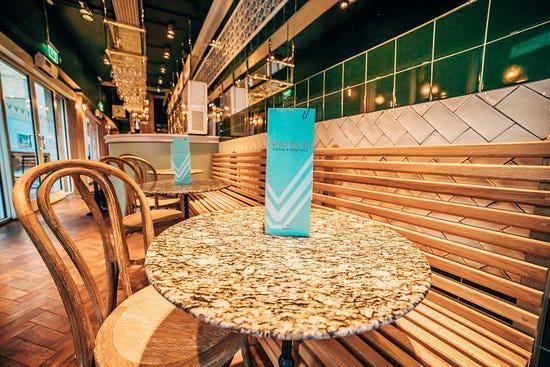
When I sip my coffee, the question I wondered why I was not simply going to Starbucks? I enjoyed a cup of cold beer coffee in the summer and a cup of pumpkin spice in September, but his Starbucks and Ilk frankly became so popular that he was not special. Increasingly, I also find myself looking for unique and personal, something that is conscious about the location and identity.
There is a word for this: neoclassicalism.
Matthews & Patton (2016) describes neoclassicalism as an attempt to be conscious of people to pursue things 'localities', serving to connect these people to a specific place. It was an attempt to confirm the special 'locality' to respond to an increasingly uniqueness ( Flack, 1997 ). In essence, people want something more realistic more than a type of coffee from a large international chain.
The origin of this desire is the fact that in the current digital era, people have become increasingly no root. Author William Gibson plans this way in 1984 when he wrote a classic article on his online. He imagined a vast, virtual virtual space completely tasteless and separate from the offline world, where geography and physical space were unrelated.
The next development of the Internet has been doubled in the physical world, where the mass market tactics have led to unfortunate situations, to a large extent, everywhere has become the same. This homogeneity means that places have lost their consciousness well, locations .
In the early 1990s, anthropologist Marc Augé set the term Incomplete To describe the escalation of the urban space, and the trend shows no signs of slowing down. This loss of an unfortunate place leads to other losses: loss of community, family, culture and tradition. This is why people are now seeking to reconnect to geographical identities and reaffirming their sense of their position, along with its other internal attributes.
Northeast England (where I live) is one of many combat areas to retain cultural images and sense of position in modern times. Its natural and construction environment, history, hospitality, cuisine and many other things are the center of its difference. In an era where the feeling of being tasteless and endless is increasingly popular, these factors provide a framework to restructure the consciousness of identity through stories, culture and heritage.
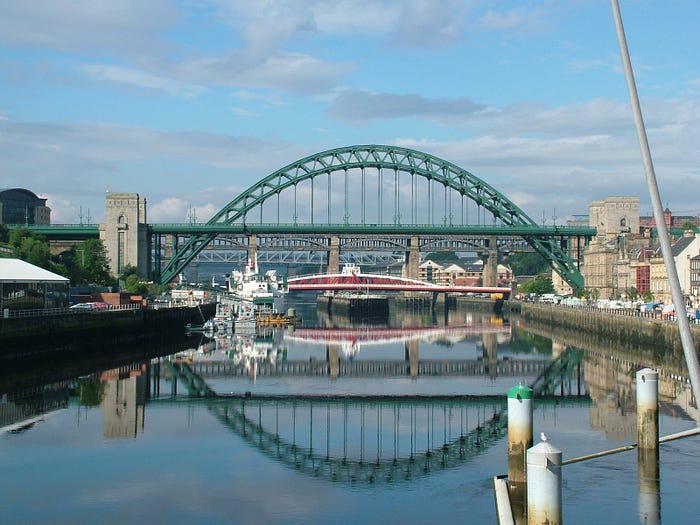
Businesses have an important part to play in the process of reset this location and authenticity. Everyone uses their purchase decision as a way to locate themselves in contemporary society and distinguish themselves from others. As Jean Baudrillard explained in the Simulacra book and his simulation : what people buy is not just a product, but a piece of them is one person. Our purchases reflect our innocent identity and consumption with our psychological production about ourselves.
Consumption is defined as a symbolic act, now more than ever. It not only contributes to how we identify our society, but also acts as the main source of ourselves and the group. In a very real meaning, we are what we buy .
The main aspect of this method for businesses is the intentional construction of culture and location stories. Initially, this may be related to the use of local names and images in marketing, but it can also develop beyond this to include environmental sustainability and participation with the community. local. A brand can create its own social world, approach the members of the community and allow them to create and assign meaning to cultural factors. It can also issue a relationship to place through social media, almost re -establishing an intimate meaning of the context.
One of the best examples of a brand that creates a sense of location is Paul Smith . Although mostly a fashion retailer, Paul Smith still has a strong sense of location through the design of their stores. Los Angeles store is proud to have a giant pink wall inspired by Luis Barragan's architecture, and Albermarle street shop in London connected to the original brick building with black paint and cast iron sheets. Bespoke, while Ginza store in Tokyo facade based on the famous architect Pierre Charea's Maison de Verre.
One of the important things to note about the Paul Smith method is that while stores in different locations are certainly unique, the design is not specific for the heritage of that specific area. The fact that they are the only thing is what gives them a sense of position ; Visiting each store is a special experience despite the fact that the product range is exactly the same.
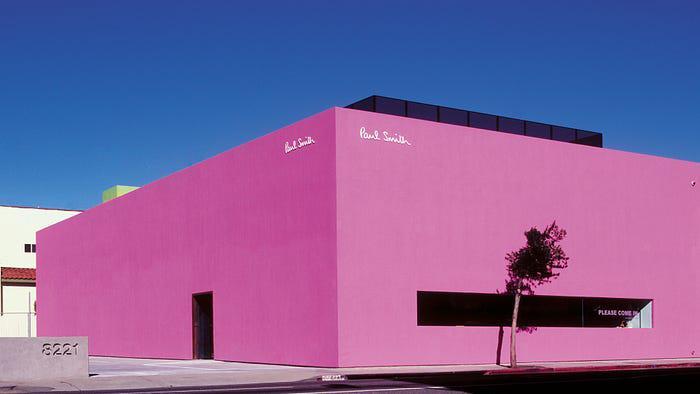
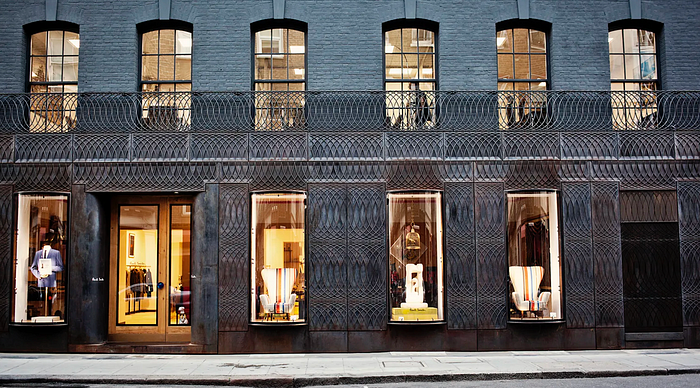
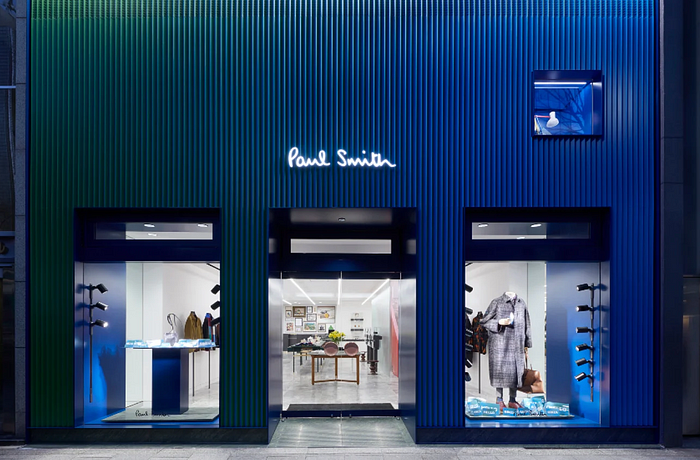
Recently, the French Bully beauty brand has used a similar concept to distinguish its stores. The Bully store in Kobe is covered with red marble looks like Kobe beef, while Paris stores are designed in the style of traditional French cells expressing respect to the tradition. Gallic wood processing.
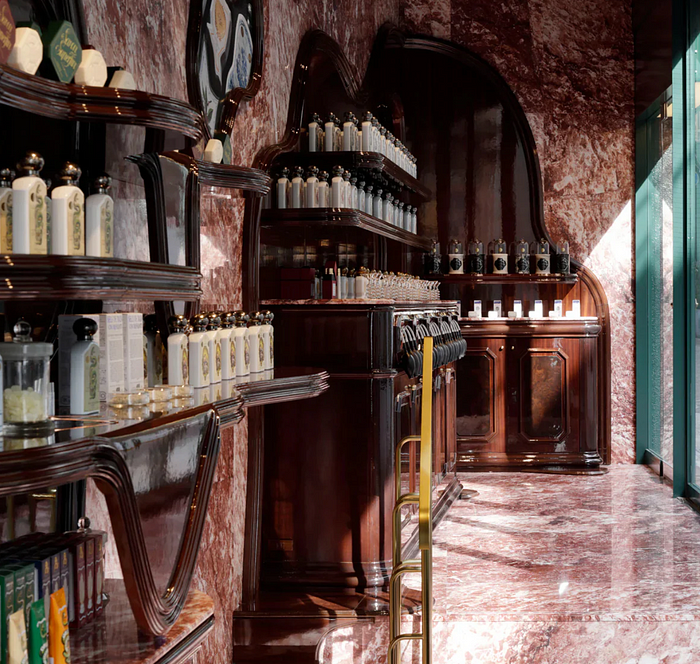
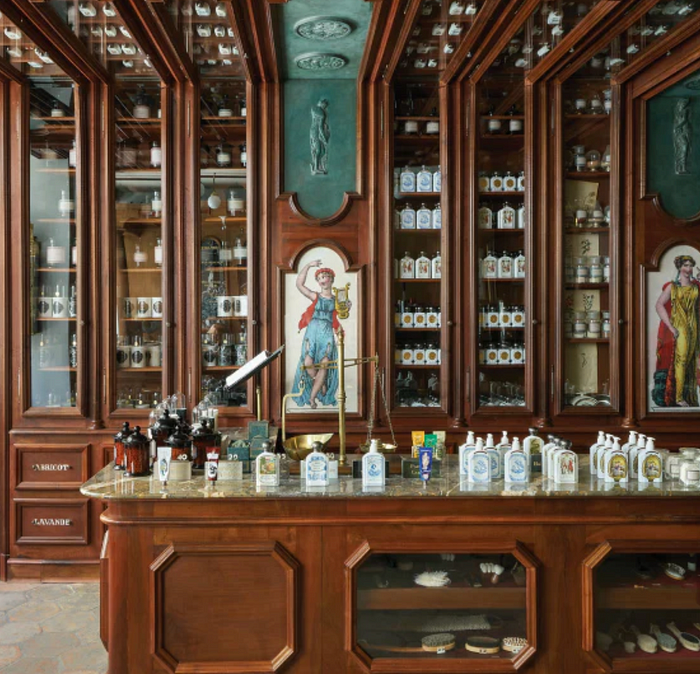
Despite the success of Paul Smith and Bully, most of the large chains do not use neoclassicalism as part of their marketing strategy, perhaps because of the increasing cost and trouble in adjusting each concept. Concept to its specific position.
This leaves a market distance for smaller businesses , capable of customizing their offers to include a sense of identity. Small businesses are also more likely to have knowledge and connectivity to support their relationship development with their local community.
Use New Sinhism in your business activities
The ideas behind the concept of neoclassicalism are basically related to the development of deeply concerns in their places, people and common history.
- Accept that this method is more experience than trading.
- Historical research of the local area where your business is operating. Understand heritage, environment, industry and its architecture. Identify local landmarks and cultural symbols. Touch this in your marketing, and where you can refer to it in your basis and retail space.
- Consider the personality and behavior of local people. Appreciate their diverse characteristics and values. Learn about communities that people have built and approached them. Participating with local charities can be a useful and beneficial activity.
- The context discussions of sustainability refers to local and surrounding environment. Support local causes and initiatives.
- Correct your business with other famous local brands, ideally through cooperation, but at a minimum, you should position yourself with them and talk about them.
- If you have some locations, consider how to distinguish them. Nothing destroys the sense of position faster than creating many similar positions. The only position in each position can usually be sufficient, even if it is not related to the local area.
- Humans are stories, and in most places, stories are present if you are interested in searching for them.
- A return to history and indigenous is overdue, but must be taken care of so as not to use superficial dangers or facades. The future will always be built on the past, and we need to interpret native as the future rather than a monument.

